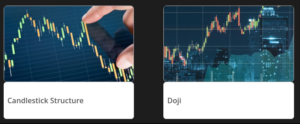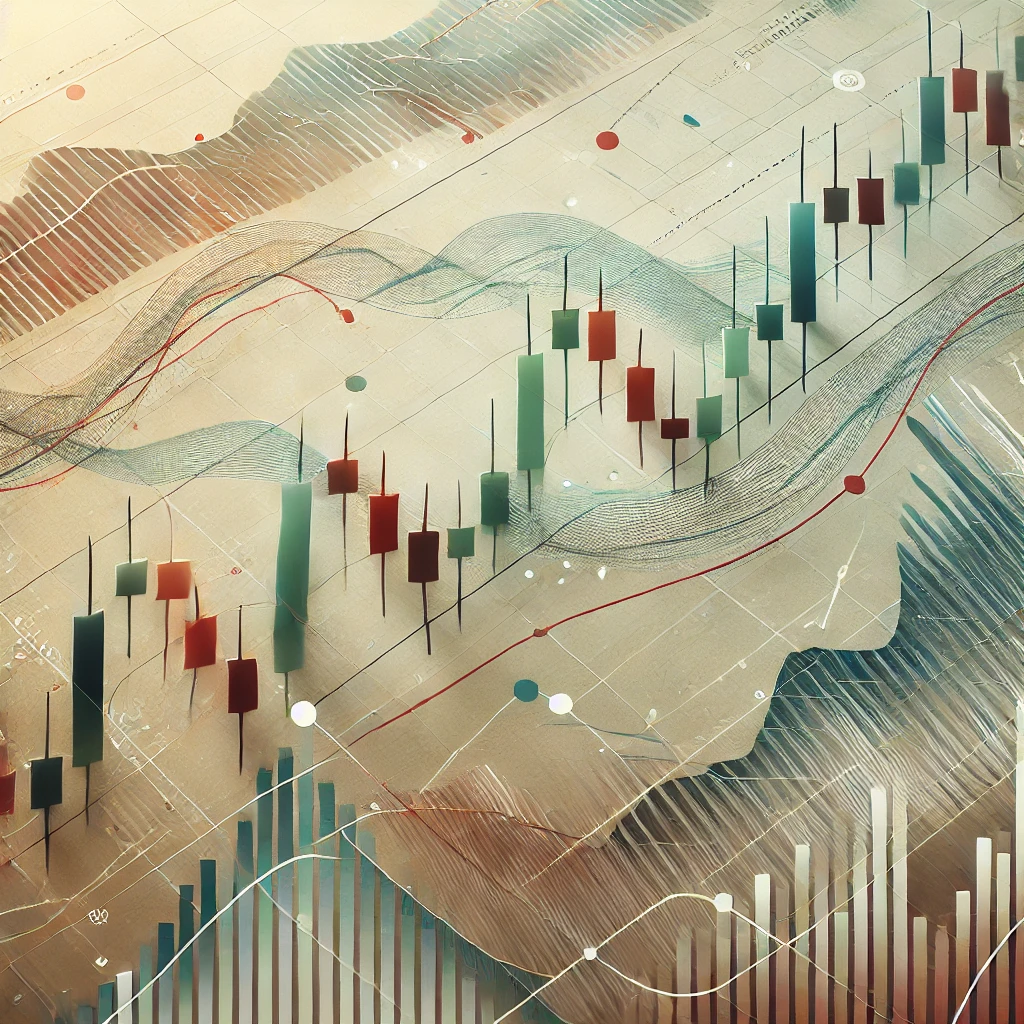Master the markets with these essential reads for traders and investors.
Technical analysis is the backbone of successful trading, helping investors decode price patterns, identify trends, and manage risk. Whether you’re a novice or a seasoned trader, the right books can sharpen your skills and transform your approach to the markets. We’ve curated a list of the top 10 technical analysis books available on Amazon, combining timeless classics with modern insights to help you trade smarter.
Why Technical Analysis Matters
Before diving into the list, it’s worth understanding why technical analysis (TA) is critical for traders:
– Pattern Recognition: Spot trends and reversals using charts.
– Risk Management: Set stop-losses and profit targets with precision.
– Psychology: Learn to control emotions and stick to a strategy.
These books cover everything from candlestick patterns to trading psychology, ensuring you’re equipped for every market scenario.
1. Technical Analysis of the Financial Markets by John J. Murphy
The Ultimate Foundation
Widely regarded as the “bible” of technical analysis, Murphy’s book is a must-read for traders at all levels. It covers core concepts like chart types, indicators (e.g., moving averages, RSI), and intermarket analysis. Updated with modern examples, this book is perfect for building a rock-solid TA foundation.
Key Takeaway: A comprehensive primer for understanding how markets behave.
2. Technical Analysis of Stock Trends by Edwards, Magee, and Bassetti
The Classic Guide to Trend Trading
First published in 1948, this 11th edition remains a cornerstone of TA literature. It dives deep into Dow Theory, trendlines, and reversal patterns like head-and-shoulders. The updated edition includes insights on algorithmic trading, making it relevant for today’s markets.
Best For: Traders who want to master trend-following strategies.
3. Japanese Candlestick Charting Techniques by Steve Nison 
Unlock the Power of Candlesticks
Steve Nison introduced Western traders to Japanese candlestick patterns, revolutionizing chart analysis. This book explains how to interpret formations like dojis, engulfing patterns, and hammers, with real-world examples.
Why Read It: Candlesticks are essential for reading price action—this is the definitive guide.
4. Encyclopedia of Chart Patterns by Thomas N. Bulkowski
Data-Driven Pattern Analysis
Bulkowski’s encyclopedia is a unique resource, offering statistical insights into the success rates of over 50 chart patterns (e.g., triangles, flags, cup-and-handle). Backed by decades of data, it helps traders separate high-probability setups from duds.
Bonus: Includes performance rankings for bullish/bearish patterns.
5. Technical Analysis Explained by Martin J. Pring
Master Market Cycles and Indicators
Pring’s textbook-style guide is ideal for traders who want to dive into advanced topics like momentum indicators, Elliott Wave Theory, and seasonal cycles. The clear explanations and charts make complex concepts accessible.
Perfect For: Intermediate traders ready to level up their TA toolkit.
6. Getting Started in Technical Analysis by Jack D. Schwager
Beginner-Friendly Strategies
From the author of Market Wizards, this book simplifies TA for newcomers. Schwager breaks down support/resistance, moving averages, and volume analysis without overwhelming jargon.
Highlight: Practical advice on building a trading plan from scratch.
7. How to Make Money in Stocks by William J. O’Neil
Blend TA with Fundamental Analysis
O’Neil’s CAN SLIM method combines technical indicators (like breakouts) with fundamental metrics to identify growth stocks. This hybrid approach is perfect for swing traders and long-term investors alike.
Pro Tip: Learn to spot “cup-with-handle” patterns for high-probability trades.
8. The New Trading for a Living by Alexander Elder
Psychology, Risk, and Discipline
Trading isn’t just about charts—it’s about mindset. Elder’s updated classic teaches risk management, emotional control, and how to build a trading system that suits your personality.
Key Lesson: “Amateurs focus on profits; professionals focus on process.”
9. Trading Price Action Trends by Al Brooks
Day Trading Price Action
Al Brooks offers an exhaustive look at price action strategies for day and swing traders. Learn to read bar-by-bar movements, identify reversals, and capitalize on intraday trends.
Warning: Not for the faint-hearted—this is a dense but rewarding read.
10. Trading in the Zone by Mark Douglas
Master the Trader’s Mindset
No amount of TA knowledge matters without discipline. Douglas explores the psychological pitfalls of trading and how to develop the focus and consistency needed for long-term success.
Must-Read: For traders struggling with fear, greed, or overtrading.
How to Choose the Right Book
– Beginners: Start with Murphy, Schwager, or O’Neil.
– Chart Enthusiasts: Prioritize Nison and Bulkowski.
– Advanced Traders: Dive into Brooks, Pring, or Elder.
– Psychology Focus: Douglas and Elder are essential.
Final Thoughts
Technical analysis is both an art and a science. These books provide the tools to analyze markets objectively, manage risk, and stay disciplined—even in volatile conditions. Pair them with real-world practice, and you’ll be well on your way to trading mastery.
Ready to Start? Browse these titles on Amazon and sharpen your edge in the markets today!
Key Takeaways
📚 Murphy and Edwards/Magee are foundational.
🕯️ Nison’s candlestick guide is indispensable.
🧠 Psychology books (Elder, Douglas) are game-changers.
FAQ
Q: Which book is best for beginners?
A: Getting Started in Technical Analysis by Jack Schwager is the most accessible.
Q: Are these books relevant for cryptocurrency traders?
A: Yes! TA principles apply to crypto, stocks, forex, and commodities.
Q: Do I need to read all of them?
A: Start with 1-2 foundational books, then expand based on your niche.
Click here to Earn while you learn. Utilize our Tap To Trade Function. Trade our expert traders trades using other peoples money. Learn how here


Leave a Reply